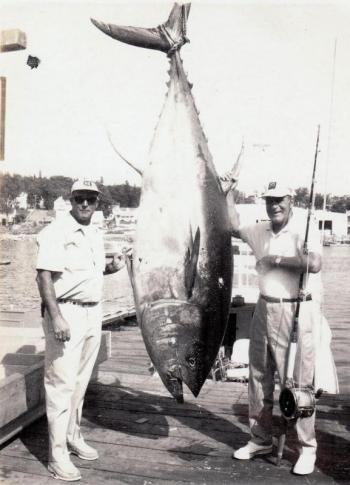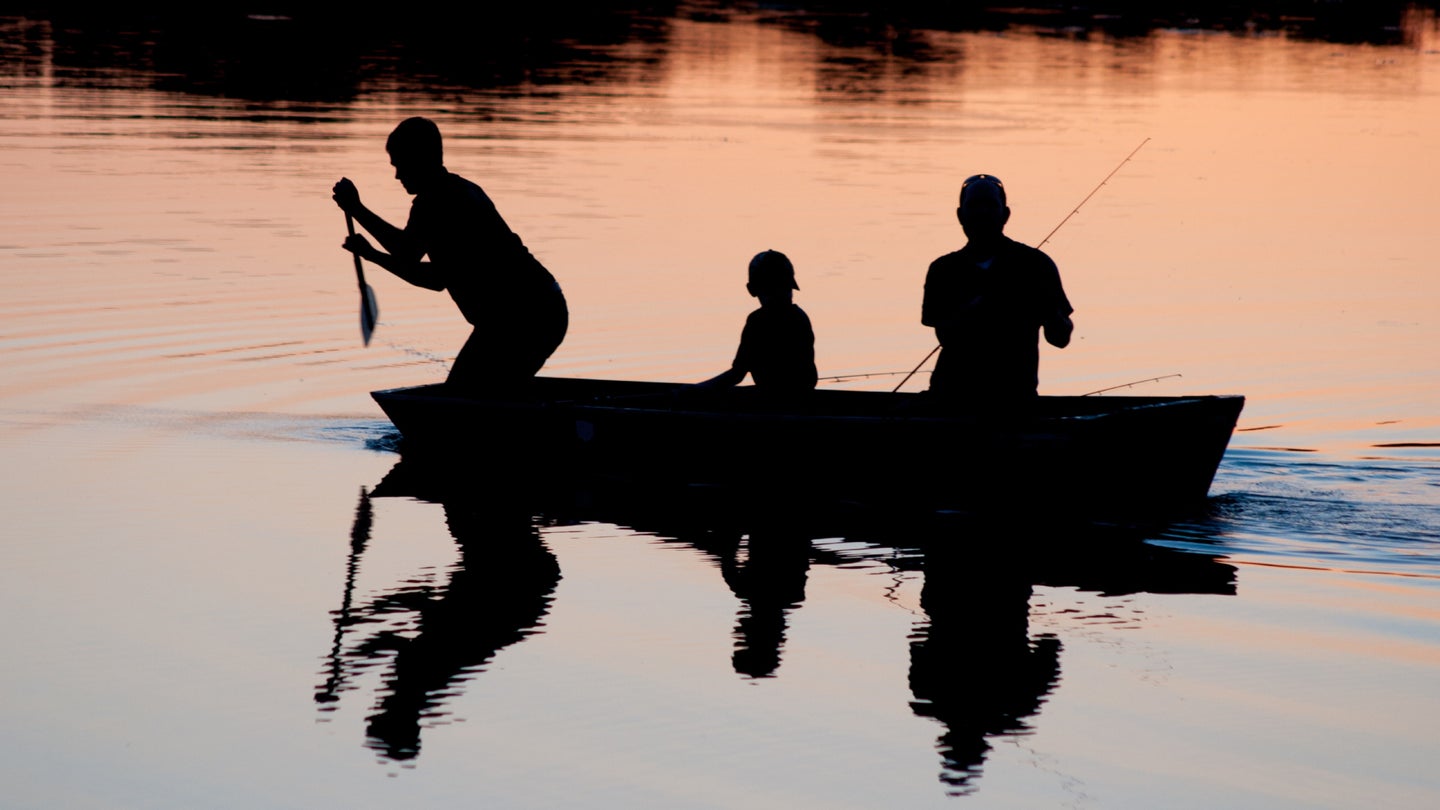Update - Winner Posted n FaceBook Page - https://www.facebook.com/boothbayharbortunachallenge/

Boothbay Harbor Tuna Challenge returns with $30K first prize cash payout
After a four-decade hiatus, the Boothbay Harbor Tuna Challenge returns next month with a big, big cash prize. On Sept. 3, up to 60 contestants paying a $750 entry fee will convene at Carousel Marina for a captains’ meeting on the Sept. 4-8 event.
Whoever lands the heaviest tuna will win $30,000. And there are other big cash prizes, as the challenge pays the five heaviest tuna catches. Second place pays $15,000; third, $7,500; fourth, $3,500; and fifth, $1,500. Carousel Marina’s new owners, the van deer Veens, are the impetus behind the tuna challenge’s return. On June 3, the van der Veen family bought Carousel Marina and Whale’s Tale pub, but the tuna challenge’s return began even before the business changed hands.
In January, Jax van der Veen, who manages Carousel Marina, began planning a community event to fill the void created by Fishermen’s Festival’s loss. She researched popular coastal Maine events and discovered the defunct Boothbay Harbor Tuna Tournament. She consulted with her father, Mike van der Veen, about past challenges. This led her to contact fishermen Dan Williams and Mark Brewer. This collaboration led to an idea about creating a major tuna fishing event benefiting the Fishermen’s Memorial. “We wanted to give something back to the community as a business owner,” Jax van der Veen said. “Something that would breathe new life into the community and benefit the public.”
As a non-profit organization, a board of directors was installed. Boothbay Harbor Tuna Challenge directors include Williams, Brewer, Jax and Michael van der Veen, Evan Hepburn, Russell Marinari, Kipp Farrin, Nick Ripley, Michele Barter, Peter Ripley, Nick and Kristin Page, Nick and Andrew Morley, John Shostak, Troy Lewis and Tom Clark.
Organizers hope to make a big splash with the event’s return. The challenge has already filled over half the 60 slots with 42 entrants who have paid the entry fee. “We’re looking at doing something really big. This is the largest cash prize in Maine, and we expect contestants from Fort Lauderdale, Florida to Maine,” Jax van deer Veen said.
Fishermen are restricted to fishing in waters in Zone 1A which runs from the Massachusetts to the Canadian border. Hepburn expects the daily weigh-ins will generate a tremendous amount of excitement. He predicts some tuna will weight 800-900 pounds.“The idea is bringing fishing back to Boothbay Harbor. Fish weighed at the marina will draw crowds to town and generate revenue for many local businesses,” he said.
While the purse is a major draw, competition is also a driving factor for entrants. Williams fished in Boothbay Harbor Tuna Challenges in the 1970s. He is excited about the tournament’s return and about competing against other skilled fishermen and giant tunas. “This is not just about the money. It’s about competition,” he said. “You don’t realize what it takes to catch a fish like this. It’s a magnificent fight.”
Brewer is also a tuna fisherman. He described catching a large tuna as an epic struggle. “I’ve hunted deer and moose, but there is nothing like catching a tuna,” he said. “It’s the toughest struggle I’ve ever come up against. The tuna gives one helluva fight. It’s truly man versus nature,” Brewer said.
There is another tournament for younger fishermen. Mackerel Mania on Sept. 3 will have no entrance fee, but will provide prizes and every participant gets a T-shirt. The Boothbay Harbor Tuna Challenge has several local sponsors: Pat Farrin & Sons, Pinkham Gourmet Market, Harold W. Bishop Agency, Atlantic Edge Lobster and BACC Inc.
Jax van der Veen says more sponsors are welcome.
Brewer said the tuna challenges’s return wouldn’t have happened without the van der Veens. “It’s all very exciting, and we have a good plan, but none of this would’ve happened without the van der Veens,” he said.
On Sept. 9, there will be an end of the tournament banquet and lobster bake. The winner receives the $30,000 prize money and a trophy to keep for a year. The banquet is from 1 to 9 p.m. at Carousel Marina. The public is welcome. Tickets are $75 apiece.
For more information, visit the website, boothbayharbortunachallenge.com










.jpg)


-1.png)





